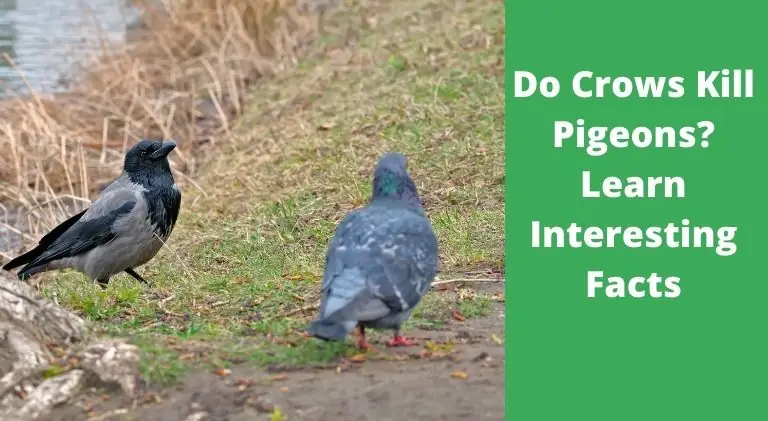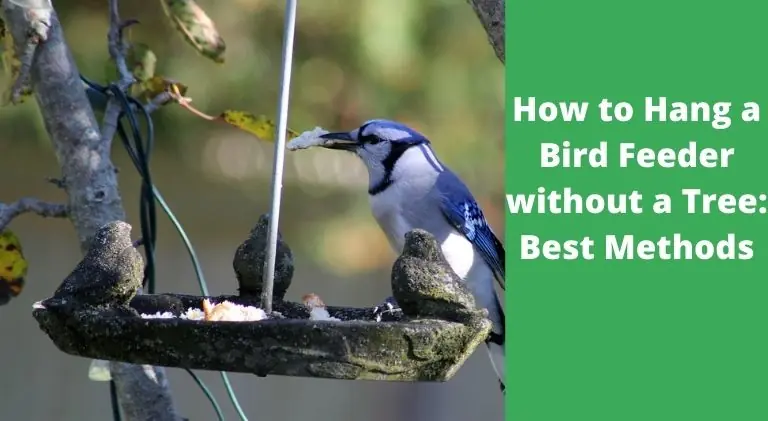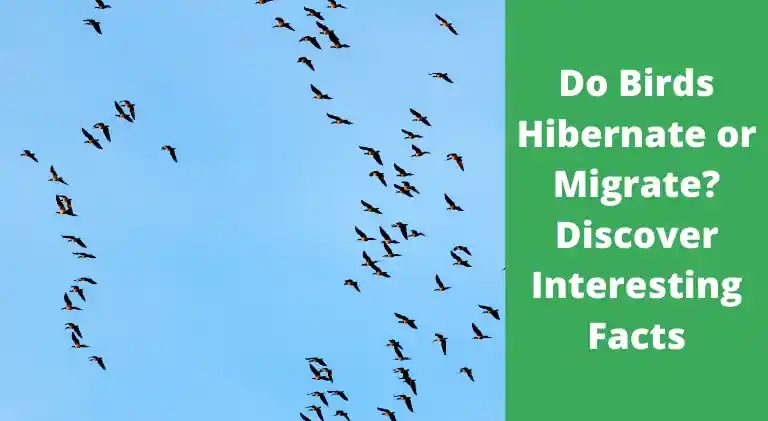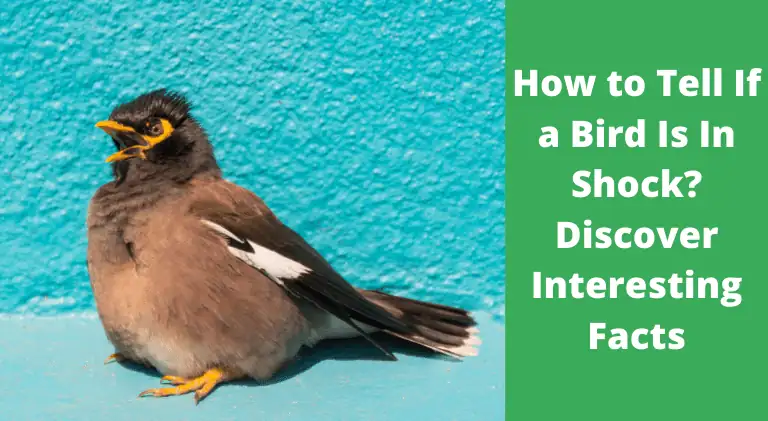How Long Do Hawks Stay In One Area?
Being a bird watcher, sometimes you might be wondering how long do hawks stay in one area? The answer to this question is:
Hawks will stay in their favorite areas for more than 6 hours and wait for their prey. They do take short flights but return to the same area immediately if they fail to catch the prey.
However, the answer depends upon many factors such as human presence, weather conditions, food availability, etc.
A hawk may not always remain in the same place all day. It can move from one location to another depending on its needs.
So, it is very difficult to say how long does a hawk stay in one area. But generally speaking, a hawk will spend most of its time in one location. Let’s get into a bit more detail and learn the time that hawks spent in one place.

How Long Do Hawks Stay in One Area?
As mentioned earlier, hawks will stay even six hours in one area and wait for their prey. Sometimes they may attack and miss the target and immediately return to the same place. This is completely normal for most hawks.
However, this is the case when a hawk is hunting its prey. What about the normal living of a hawk? How do they live? Where do they build their nests and for how long do they stay?
Do you want to know answers to all these questions too? Don’t worry I’ve got you completely covered so keep reading!
Do Hawks Stay in Same Area for Years?
Yes, hawks usually stay in one particular area for years. However, there are some exceptions to this rule. Some hawks migrate from one part of the country to another during the winter season.
In fact, some hawks have been known to migrate thousands of miles across continents.
For example, Peregrine falcons (Falco peregrinus) are well-known migratory birds. These birds fly over 25,000 kilometers every year. They migrate from North America to Europe.
The reason why they migrate is because of the changing seasons. Since winters are harsh and there is usually scarce food, therefore, along with other birds hawks migrate too.
However, this is not the case with all species of hawks. Some of them choose to stay in their location and try to find food near their territory.
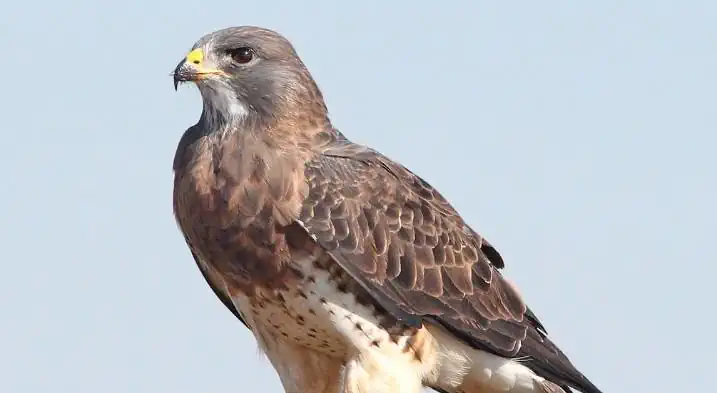
How much territory does a hawk cover?
The territory covered by hawks varies from species to species. Small hawks usually cover about 650 ft (198 m) while larger ones can hold up to 18.5 miles (29.8 km).
However, there are several other factors due to which the area defended by a hawk can increase or decrease. For example, a hawk will not defend an area that is too far away from its nest or hunting spot.
If they have easy access to food in a particular area, then they are more likely to defend and hold that territory.
Do Hawks Abandon Their Nests?
No, it is not true that hawks abandon their nests. Most of the time, they leave their nests only once in a while. However, sometimes they need to relocate their nest due to various reasons.
There are two types of relocation:
- Relocation due to bad weather conditions
- Relocation due to predator attacks
In both cases, the main motive behind relocating the nest is to protect the eggs. If the nest gets destroyed or damaged, then the parents will be unable to feed their chicks properly. Therefore, it becomes necessary to move the nest.
In addition to this, if the parents are attacked by predators, then they will also relocate their nests.
So, what happens after relocation?
After moving the nest, the parents will start feeding the young again. Once the chicks grow up, they will take care of themselves. The parents will continue to hunt for food and bring it back to the new nest.
Do hawks come back to the same nest?
Ok, so you’ve just learned that normally hawks do not abandon their nests. However, sometimes they might be forced to leave their homes either due to weather conditions or predators. However, you might be thinking about what happens to their nests when they leave.
Do they ever come back to their nests after when they leave? Yes, they do! In fact, most of the time, they return to the same nest where they left off. This is called ‘nest fidelity’.
This means that they will always go back to the same place even after leaving it. So, how do they know where to go back to?
It’s actually quite simple. When they first build their nest, they mark out their home using feathers and sticks. Then, they use these markings as reference points to remember where the nest was located before.
What Happens After They Return To Nest?
When they return to their nests, they don’t just land on top of the nest but rather make sure that they land on the exact spot where they had built their nest.
Once they reach the nest, they will begin to feed the young again. As soon as they finish feeding, they will fly away.
Why Do Hawks Need A Territory?
As we discussed earlier, the territory occupied by a hawk is very important. It helps them to keep watch over their surroundings. It also provides them with protection against predators.
A bird’s home range is the area within which it lives and hunts for food. It is usually larger than the actual territory occupied by the bird. They need this because it allows them to hunt easily and reach their shelter again before it is too late.
Besides that, a territory allows them to bring up their offspring without any issue at all. Moreover, they can easily find food and other resources needed for raising their babies.
Hawks Are Social Animals
Social animals like birds live in groups. These groups are known as colonies. There are different kinds of social groups. Some of them include flocks, herds, packs, etc.
Each group has its own leader who leads the group. The leader controls the activities of the members of the group. He also decides whether the members should stay together or split into smaller groups.
The leader of the group is also responsible for defending his colony from enemies. For example, he will chase away intruders and protect his flock from predators.
The leader of the group is often referred to as the ‘alpha male’.
There are many ways in which the leaders of the group communicate with each other. They may use calls, songs, body language, etc.
However, one thing that is common among all species of birds is that they have a strong sense of territoriality.
So, why do birds defend their territories?
Well, there are several reasons why they do this. First of all, they want to ensure that they can raise their chicks safely.
Secondly, they want to prevent others from taking advantage of their eggs or young. Thirdly, they want to be able to enjoy peace and quiet while being safe from danger.
Finally, they want to show off their dominance to other birds.
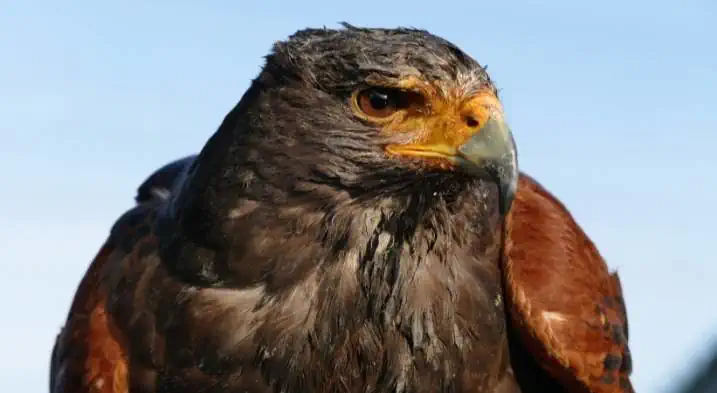
How Does Hawk Know Where Their Territory Is Located?
In order to locate their territory, hawks use various methods.
First of all, they look around themselves when they leave their nest. They then compare what they see to what they remember about their old nest. This way, they know exactly where their territory is located.
They may also use their eyesight to help them identify their territory. However, if they cannot see their territory clearly, they may rely on their hearing instead.
Where Does a Hawk Sleep at Night?
The next question that may come to your mind is the sleeping habit of a hawk at night. Where do they sleep during the night time right? Unlike owls and other nocturnal birds, hawks hunt during the daytime.
They have poor vision in the darkness therefore, they prefer to sleep in their nests during the nighttime. However, in some rare cases such as in storms or if their nest is destroyed then they find tall trees to perch and sleep during the night time.
So far we’ve learned how long do hawks stay in one area and under what circumstances they leave that area. Let’s talk a bit about their mating and see how do they mate.
Do All Hawks Mate for Life?
Hawks are birds of prey who hunt by sight and sound. They’re known for hunting small mammals. Most hawk species are solitary, meaning that they only form pairs when migrating and breeding.
Hawk couples usually stay together for life, but if they can’t find each other during the next breeding season, they’ll mate with another partner. Hawkes may be injured, captured, or die. If so, they will often return to their original mate to try to rekindle their relationship.
Having that said Not all hawks mate for life. In fact, most of them don’t.
For instance, female red-tailed hawks only mate once. After that, she doesn’t need to mate again. She just lays her eggs and takes care of her babies until they grow up.
On the other hand, male red-tails have a much longer lifespan than females. So, they can mate more than once. Let’s take a look a some of the species and learn about their mating habits in a bit more details
Do Cooper Hawks Mate for Life?
Cooper hawks do mate for life as long as both partners are together. However, if one of them dies then the other partner tries to find a new one to mate with.
If you’re wondering why do they mate for life then it’s because they live a long time. A pair of coopers can live up to 18 – 20 years.
To Sum It Up
So how long do hawks stay in one area? well, it totally depends upon the situation as you read above. If the hawk is hunting its prey then it can stay for as long as up to 6 hours in one area. However, if it is about a living then they will stay as long as there is safety and food available.
If they feel threatened they will try to defend their territory. Hawks are very protective when it comes to their nests therefore, they will try to prevent other birds from even going near their nests. Besides that, they will return to the same nest after when they are back from their migration journey.
I hope you found this article helpful and learned something new and interesting. If you really found it helpful please share it with your friends and family too!
You can also contribute to this article by providing me your study facts to make this article more helpful. I will give you proper reference.
As usual thank you so much for reading
happy birding!

